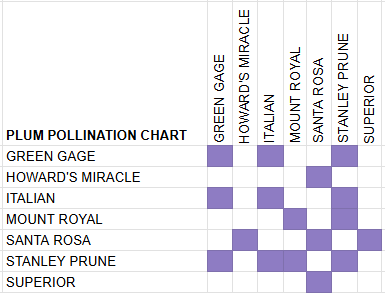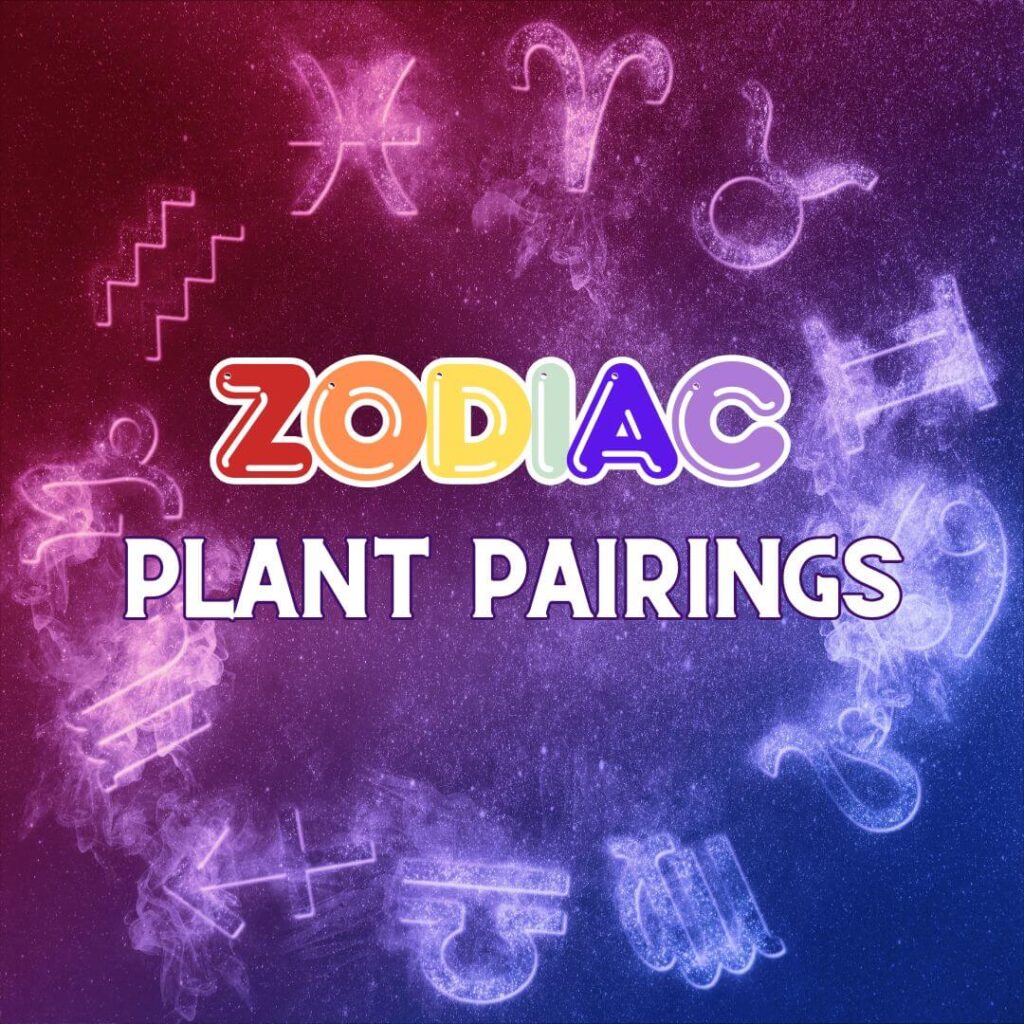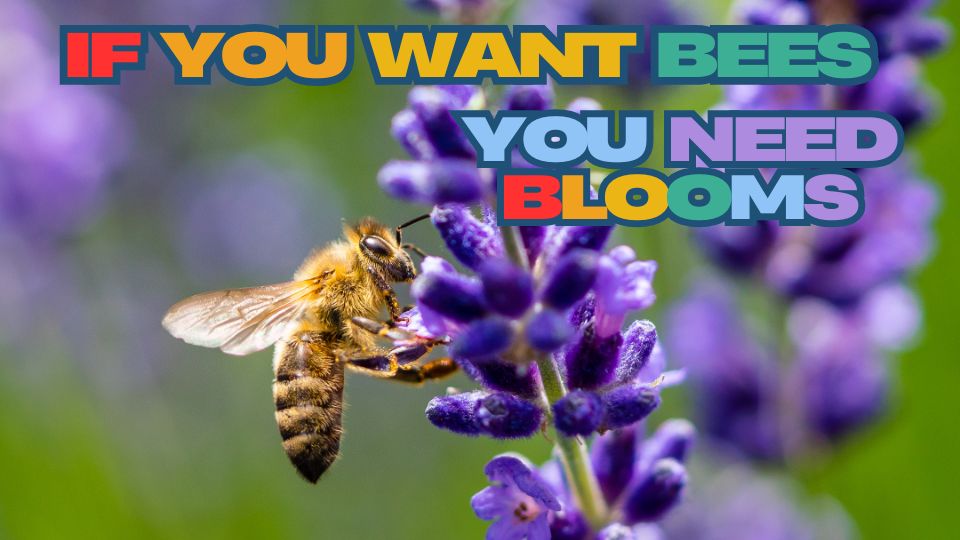Use this guide to choose the right pollinating partner for your fruiting trees. The colored boxes represent varieties that are compatible for pollinating each other, while the blank boxes indicate incompatible partners. If a variety is compatible with itself, it means it is self-fertile and does not require a partner to set fruit. In some cases however, a self-fertile tree will produce a better crop with a partner.
Apples
Some apple varieties are self-fertile, but will perform even better when planted near a different variety of the same fruit with the same bloom period. Keep in mind that only apples can pollinate apples, that includes crabapples. Most crabapples are fantastic for cross-pollination because their bloom period lasts much longer than fruiting apples.

Pear
Pears follow the same pollination pattern as apples, based on bloom times with a few exceptions. Asian and European pears, while different species, have compatible pollen.
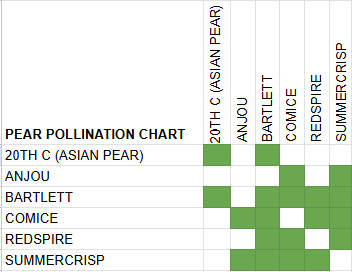
Cherries
Many sour cherry varieties are self-fertile and don’t need a partner to cross-pollinate with, while many sweet cherry varieties require a partner or they won’t fruit at all.
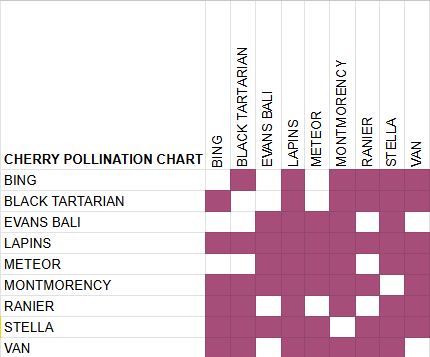
Plums
Most European plums, gages, damsons and mirabelles are close enough to be compatible for cross-pollination, given they flower at the same time. Cherry and Japanese plums generally won’t pollinate European plums but work well to pollinate each other.
